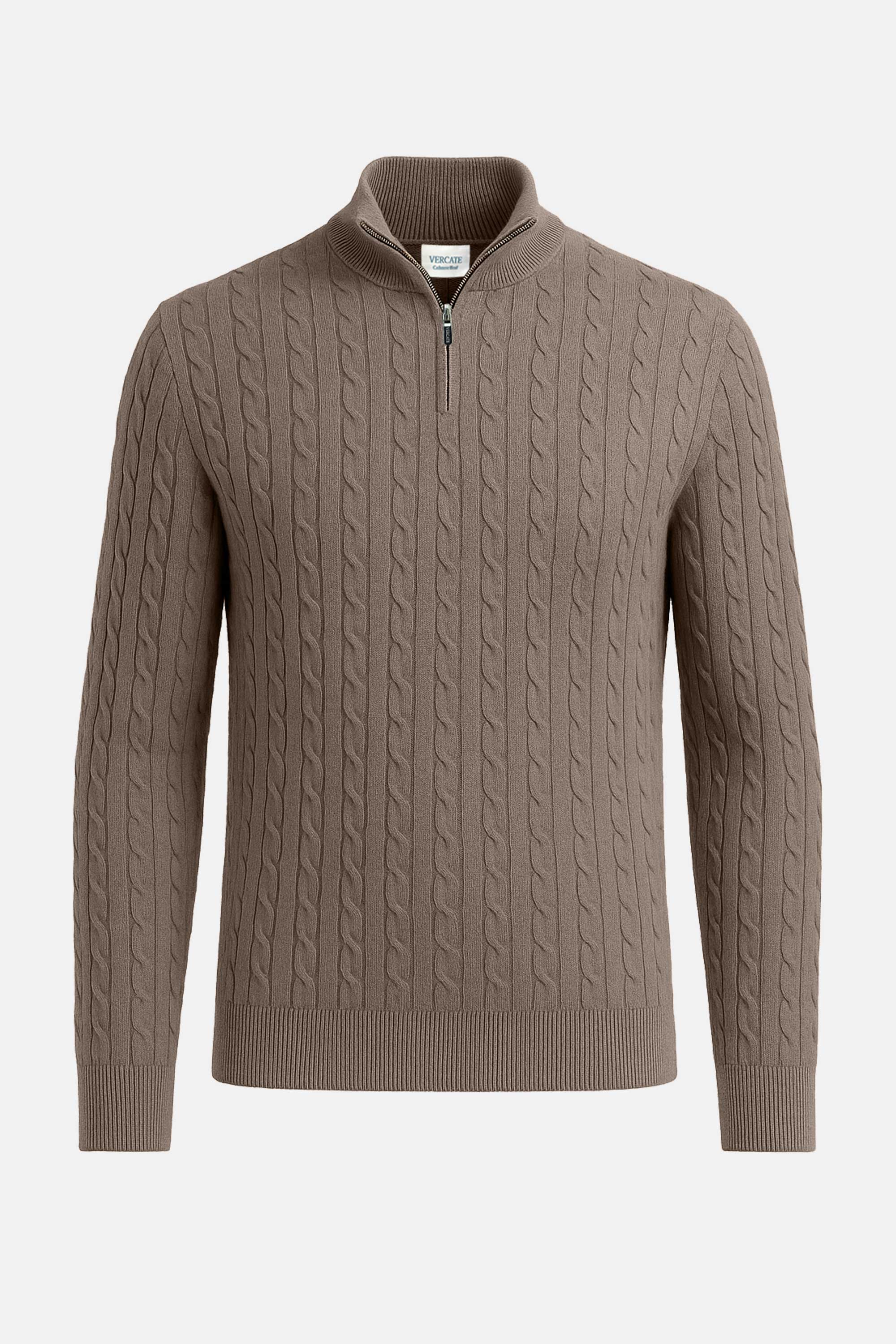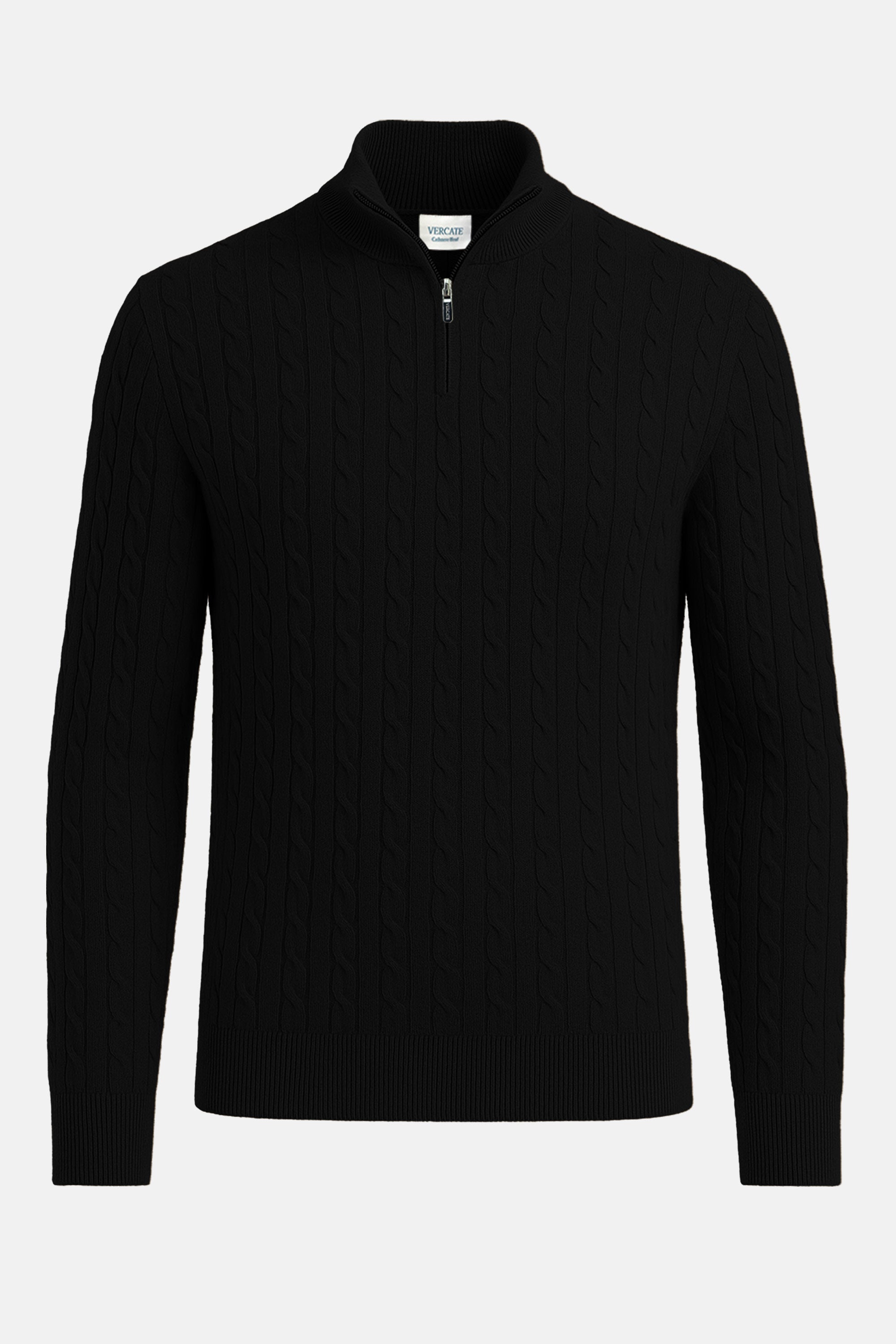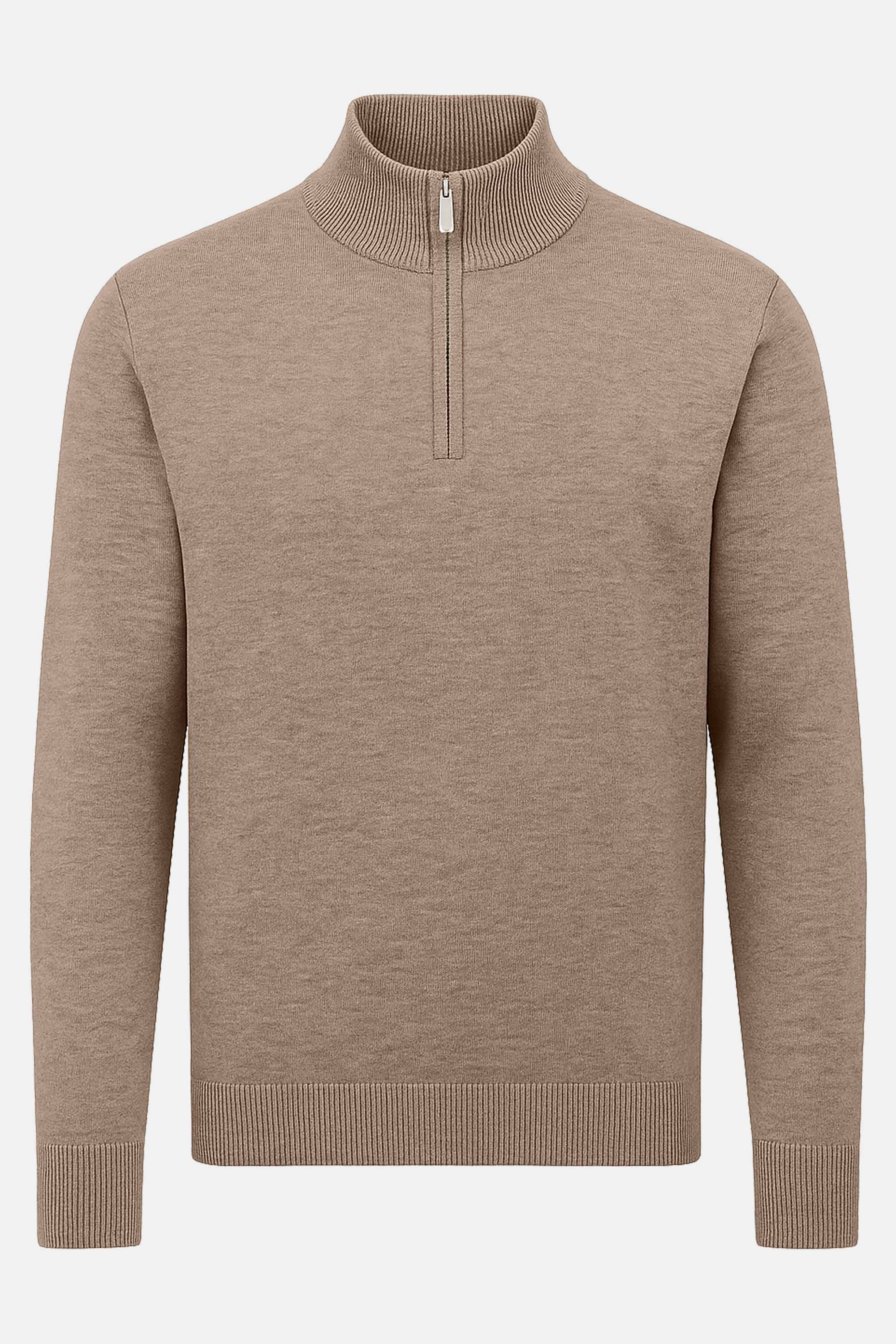Merino wool and cashmere are both among the most refined natural fibers in the world. They’re warm, soft, and luxurious — but not the same. So what truly sets cashmere apart from merino wool?
👉 Discover our Cashmere Half-Zips.
1. The origin
-
Merino wool comes from the Merino sheep, primarily found in Australia and New Zealand.
-
Cashmere comes from the cashmere goat, living in the cold mountain regions of Mongolia, China, and Nepal.
Both provide natural fibers, but cashmere is much rarer — a single goat produces only 50–80 grams of fiber per year, while a sheep yields several kilos.
2. The fiber structure
Cashmere fibers are finer, lighter, and softer than merino wool. That’s why cashmere feels more luxurious against the skin — ideal for refined sweaters and half-zips.
Merino wool has a slightly coarser texture, making it excellent for more active or technical clothing.
3. Warmth & breathability
Both fibers are warm yet breathable, but cashmere insulates better thanks to its airy fiber structure. It keeps you warm in cold weather without overheating.
For lighter spring wear, merino wool is a great alternative.
4. Price and rarity
Cashmere is more expensive due to its rarity and labor-intensive production process. But that premium reflects its exclusivity and unmatched softness.
5. When to choose which
-
Cashmere: for ultimate softness, luxury, and elegance.
-
Merino wool: for versatility, breathability, and daily wear.
Try pairing a cashmere sweater with a shirt for an elevated look, or go for a merino polo for relaxed comfort.
✔️ Summary / Checklist
-
Origin: sheep (merino) vs. goat (cashmere).
-
Texture: cashmere is softer and finer.
-
Warmth: cashmere insulates better.
-
Price: cashmere is more exclusive.
-
Use: merino for everyday wear, cashmere for luxury.
👉 Explore our cashmere half-zips and sweaters — where comfort meets craftsmanship.
View the collection
Half-zips



















